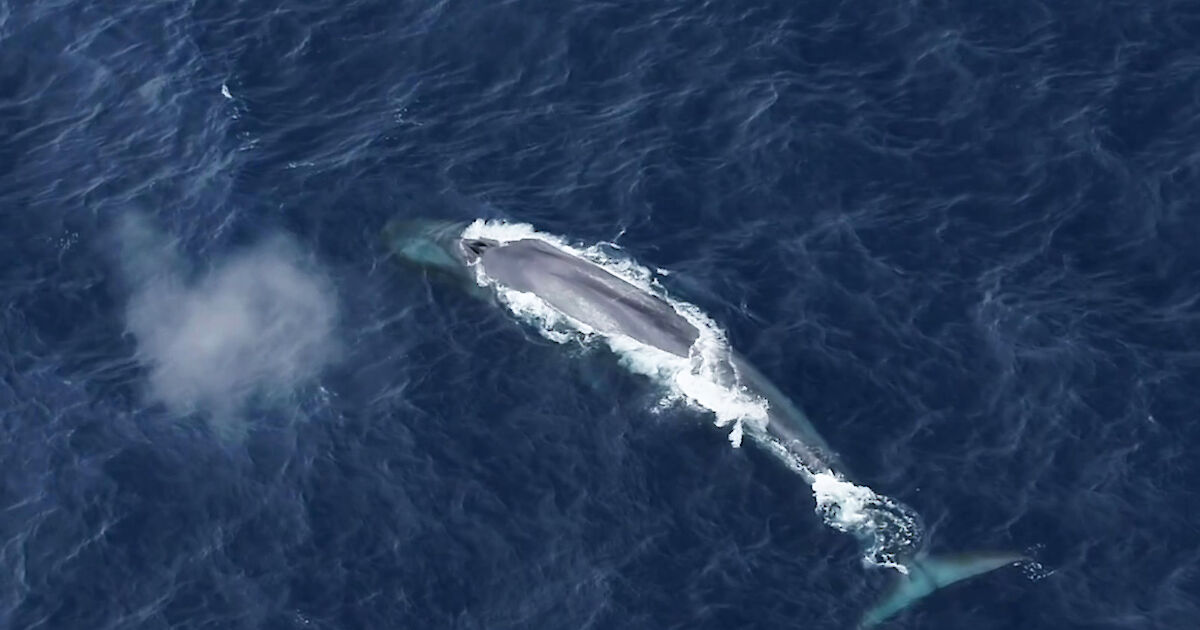CANBERRA, 9 SEPTEMBER: With Australia’s new government committed to a more ambitious target for 2030, the real work in transitioning to renewable sources of energy begins now. Under the new leadership, Australia aims to slash carbon emissions by 43 per cent from 2005 levels by 2030, a figure that was set at 26 to 28 per cent by the previous administration.
The accelerated pace in reducing emissions would keep Australia on track to achieve net zero emissions by 2050. In a nation where fossil fuels provided 67 per cent of electricity in 2021, while renewable sources constituted 32.5 per cent, the faster pace to decarbonise will bring several challenges with it.
Global management consultancy, Partners in Performance, says businesses should take charge and embark on their own journey towards decarbonisation, and not rely on the government’s efforts.
For mining and resources companies, the uncertainty in policy and regulation is high and increasing. A review of the Safeguards Mechanism and Australia’s carbon credits program is currently underway, and the Climate Change Authority recently released a report on how our carbon markets should interact with global systems.
Change is happening at a faster pace every year. The International Sustainability Standards Board is preparing global frameworks for corporate reporting, and Australia’s financial and corporate regulators are laying the groundwork for mandatory reporting on all things green and sustainable.
Rob Fowler, a Partner in the Energy Transition practice at Partners in Performance, said: “Australia is waking up to the challenges and the opportunities of rapidly reducing carbon emissions across the economy. And once again, Australia’s high-carbon companies are dancing with the policy wonks and bureaucrats to chart a path forward. Many of us have been here before.”
As Australia tries to call truce in the decades-long carbon wars, there are a few key elements which are different this time. The first difference is that, in 2022, investors really care. They are exerting real pressure on boards and management to articulate and activate their plans to decarbonise.
The second key difference is technology. Shifting from running diesel or gas-fuelled generators on a mine site, to having a big hybrid wind-solar-storage solution behind the metre, is actually net present value (NPV) positive. Thirdly, Australia has the smarts to drive the transition faster and cheaper than we thought possible.
Fowler said: “At Partners in Performance, we are integrating and optimising these three forces with our clients to drive faster, cheaper and smarter decarbonisation.
“We recently did this as part of a groundbreaking project for a major miner in Australia. They had plans to roll out over a gigawatt of renewable energy capacity by the decade’s end. Partners in Performance worked closely with them to deliver 25 per cent schedule acceleration, 51 per cent reduction in overall capex, and 78 per cent reduction in labour costs, resulting in faster, cheaper, allround smarter operations and outputs.”
A critical aspect of the decarbonisation challenge includes what are known as basic chemicals — ammonia, fertilisers, and explosives, all of which are crucial inputs to our economies and food systems. Key producers of these basic chemicals are exploring how the enormous investments already made in these value chains can be leveraged in a decarbonised world.
“They are asking how their feedstocks and carbon emissions can be changed and transitioned, while demand for these important chemicals increases rapidly.
“While these fundamental changes roll through capital expenditure programs of the chemicals sector, there is a growing demand for ‘carbon neutral’ cargoes,” Fowler adds.
“Everything from LNG, to ethylene, to metallurgical coal, has been delivered to customers in East Asia with carbon offsets stapled to the physical products. If this trend continues, there will be massive demand for carbon offsets to meet the needs of traders, and customers, in these new types of commodity trades.”
A similar discussion underway includes that of how the legacy assets of coal fired power stations in Australia,and nuclear stations in the UK, can be used to turbocharge the deployment of renewable energy on the grid. Offshore wind energy zones, common infrastructure for mainline connections, and facility maintenance hubs, will enable much of the assets in older energy hubs to be used well into the future.
Reusing and repurposing existing power grid infrastructure will be critical to meeting Australia’s ambitious target of increasing the grid’s use of renewable energy to 82 per cent by 2030 (from the current 32.5 per cent). This includes retaining and leveraging the existing electricity infrastructure in coal fired power complexes across the Latrobe Valley, Hunter, Illawarra and Collie regions.
“With just 87 months until 2030 begins, Australia has an enormous amount of work to do, and a huge dose of uncertainty to digest,” added Fowler.
“The sooner we get on with combining and deploying the finance, technology and smarts at our disposal, the sooner we will truly see the green mining, green metals and green basic chemicals that our ‘Net Zero future’ undoubtedly demands.”
F







